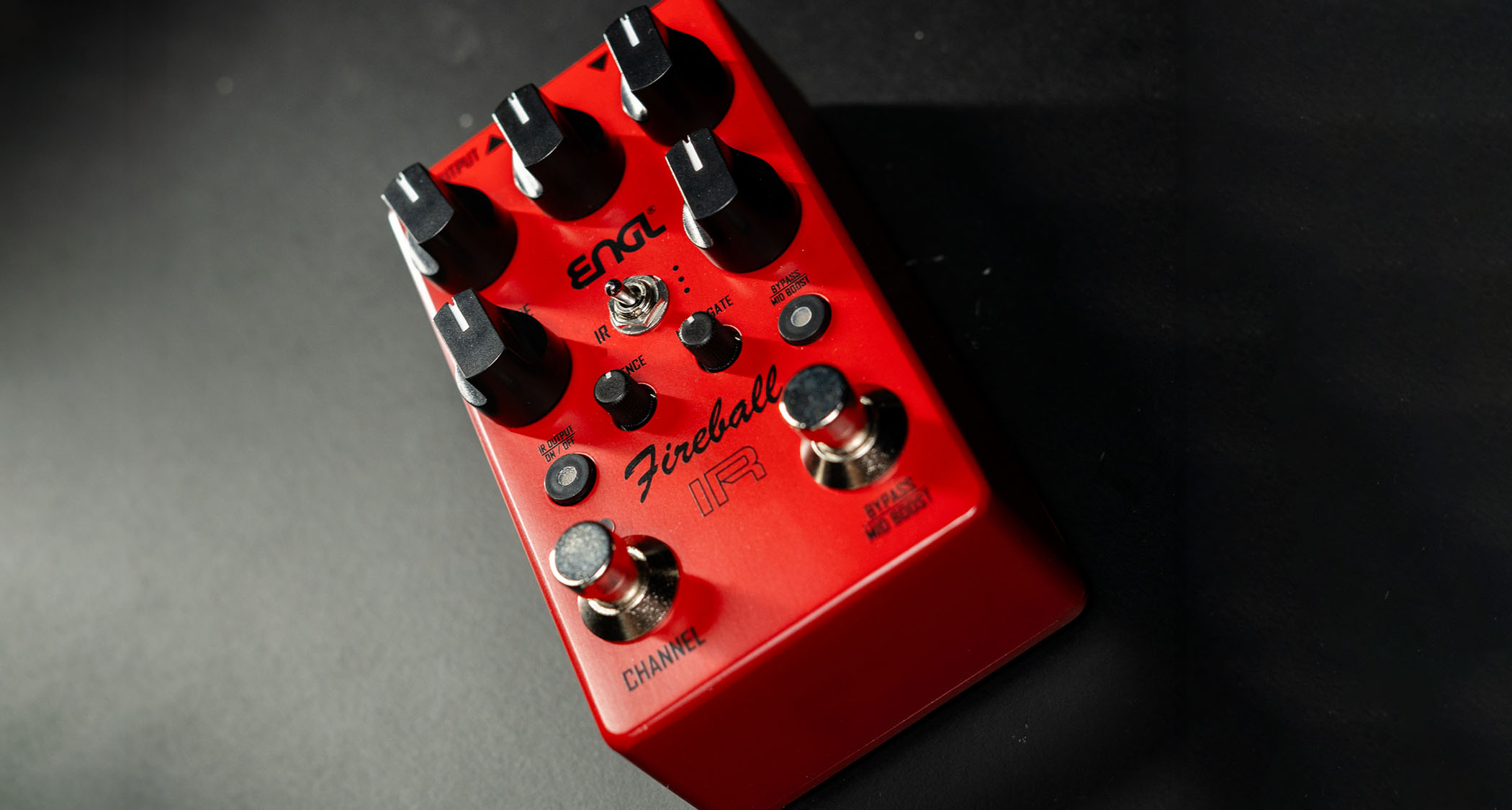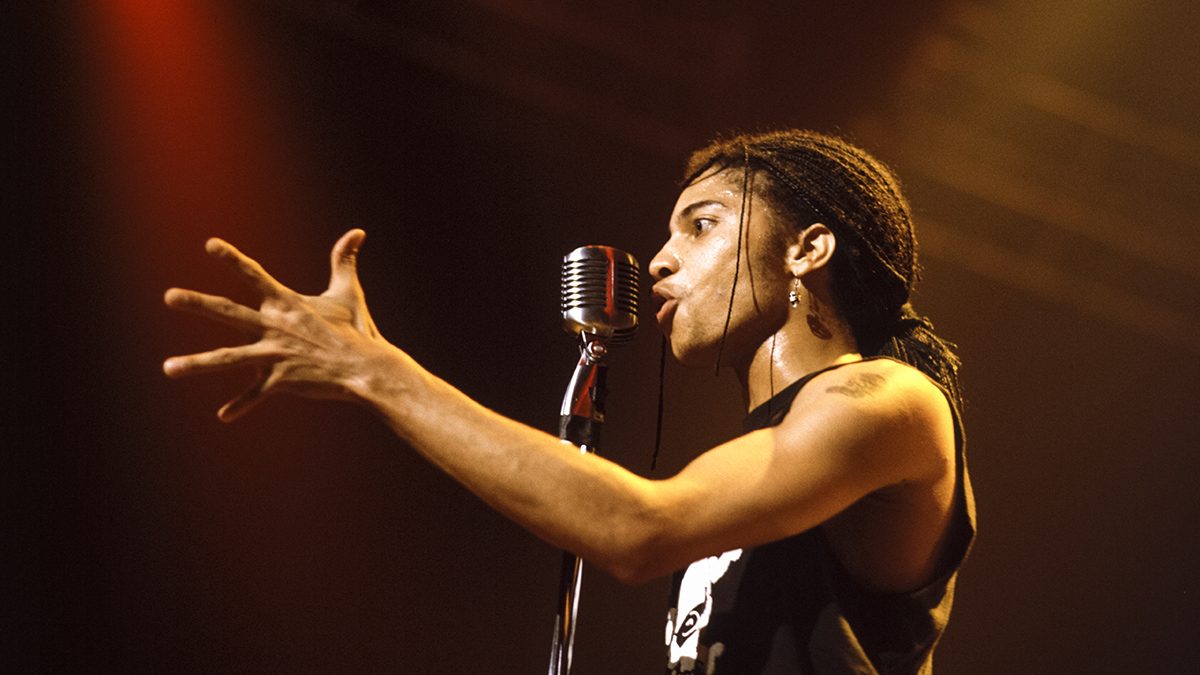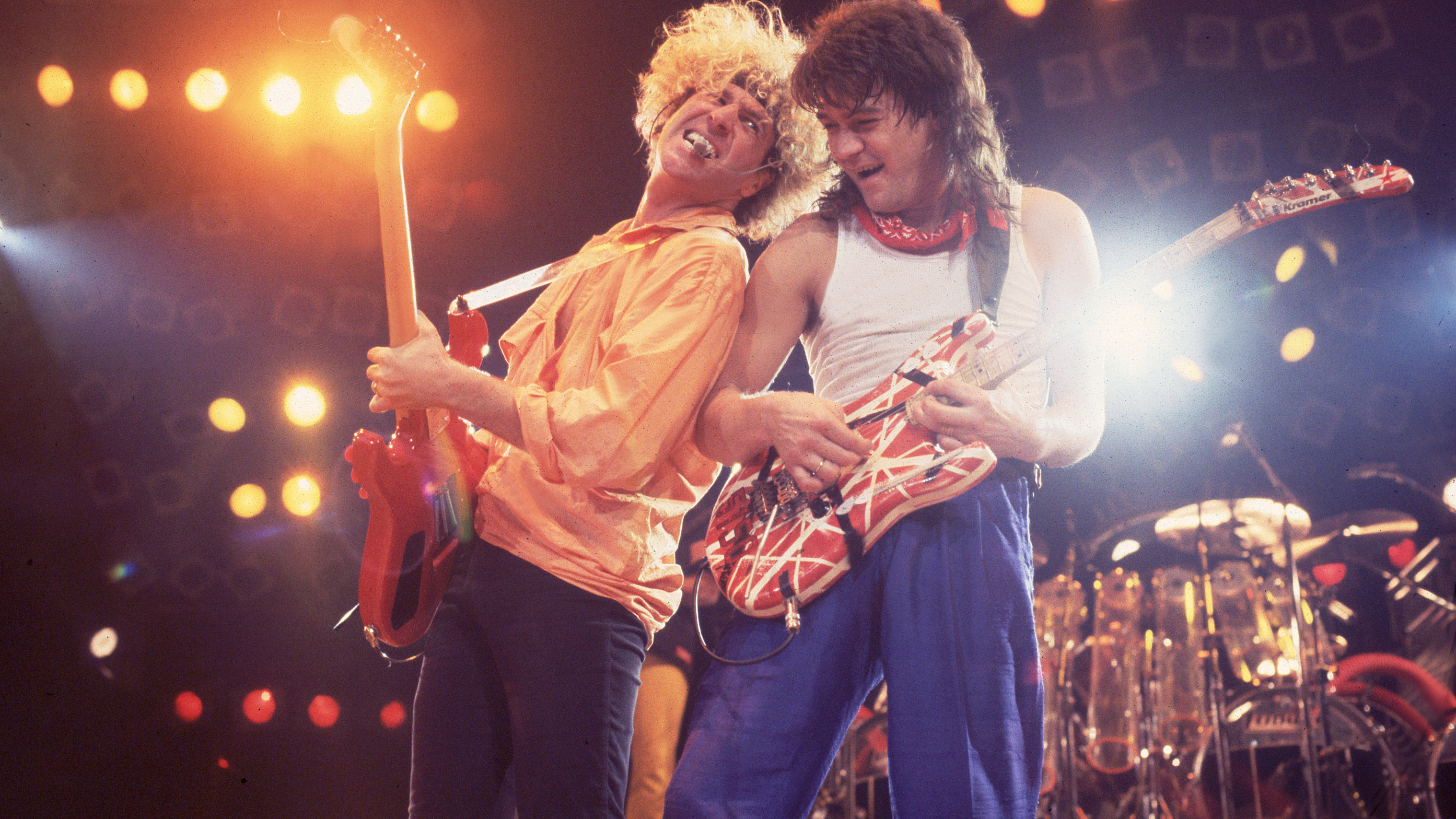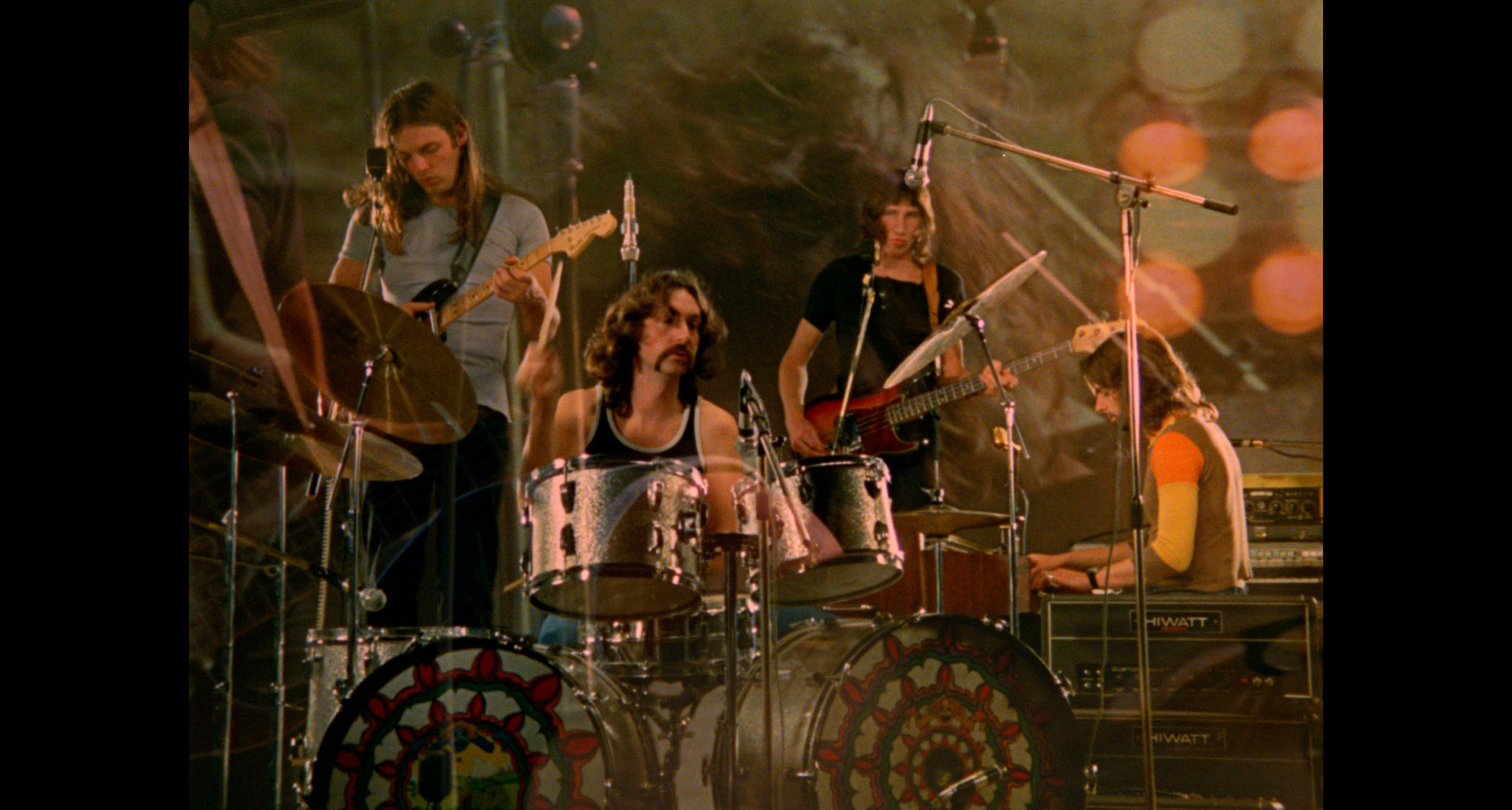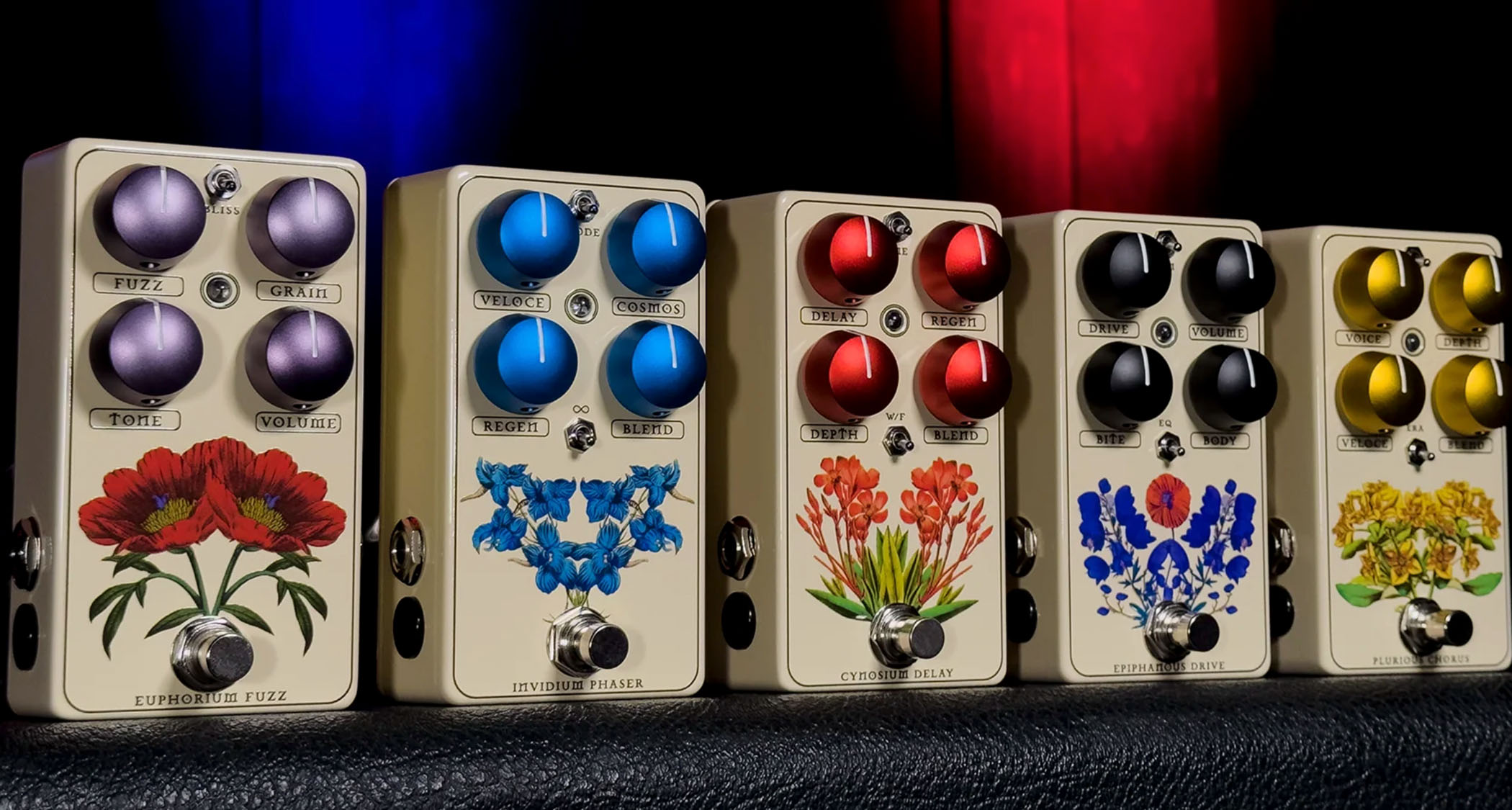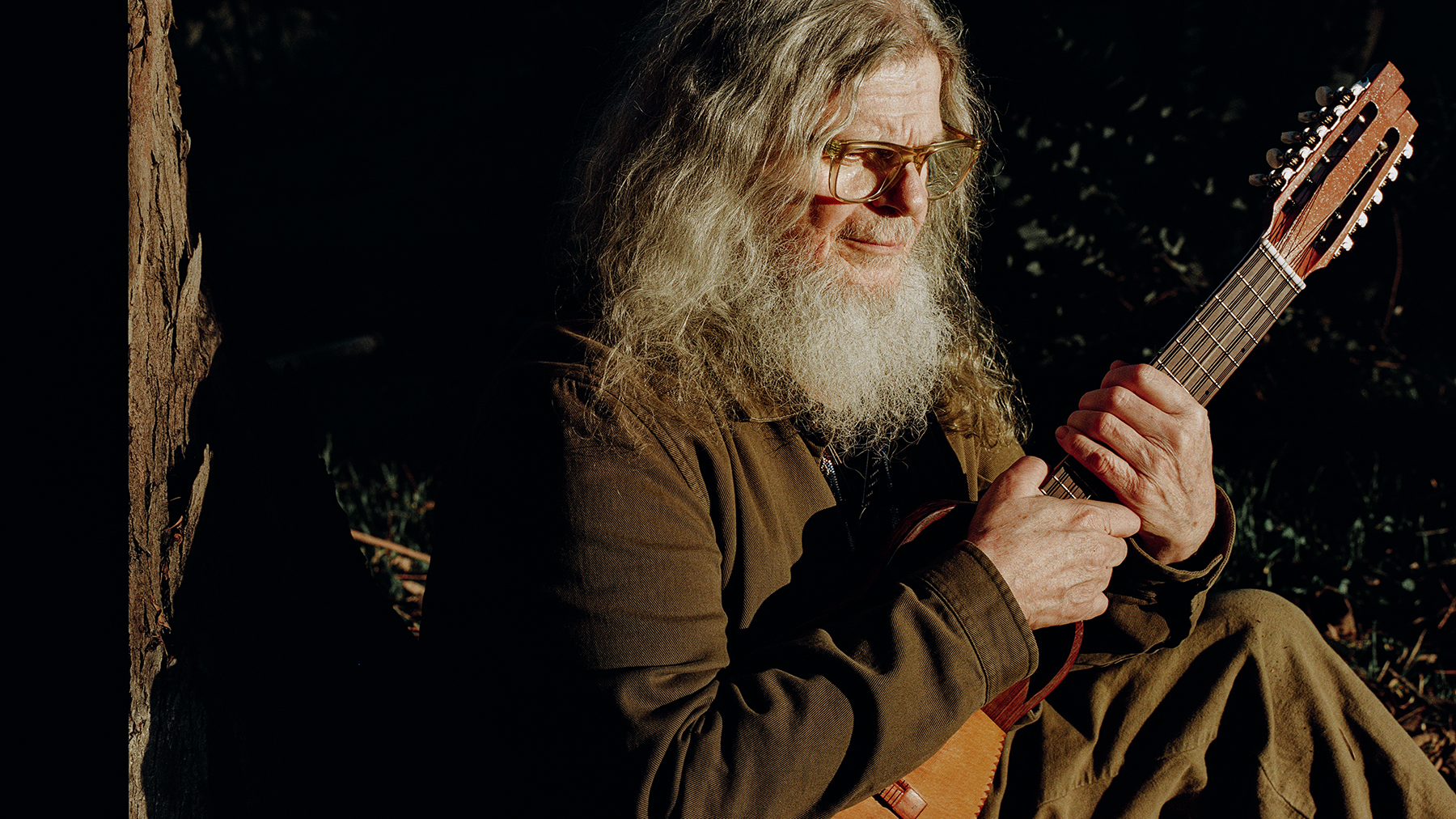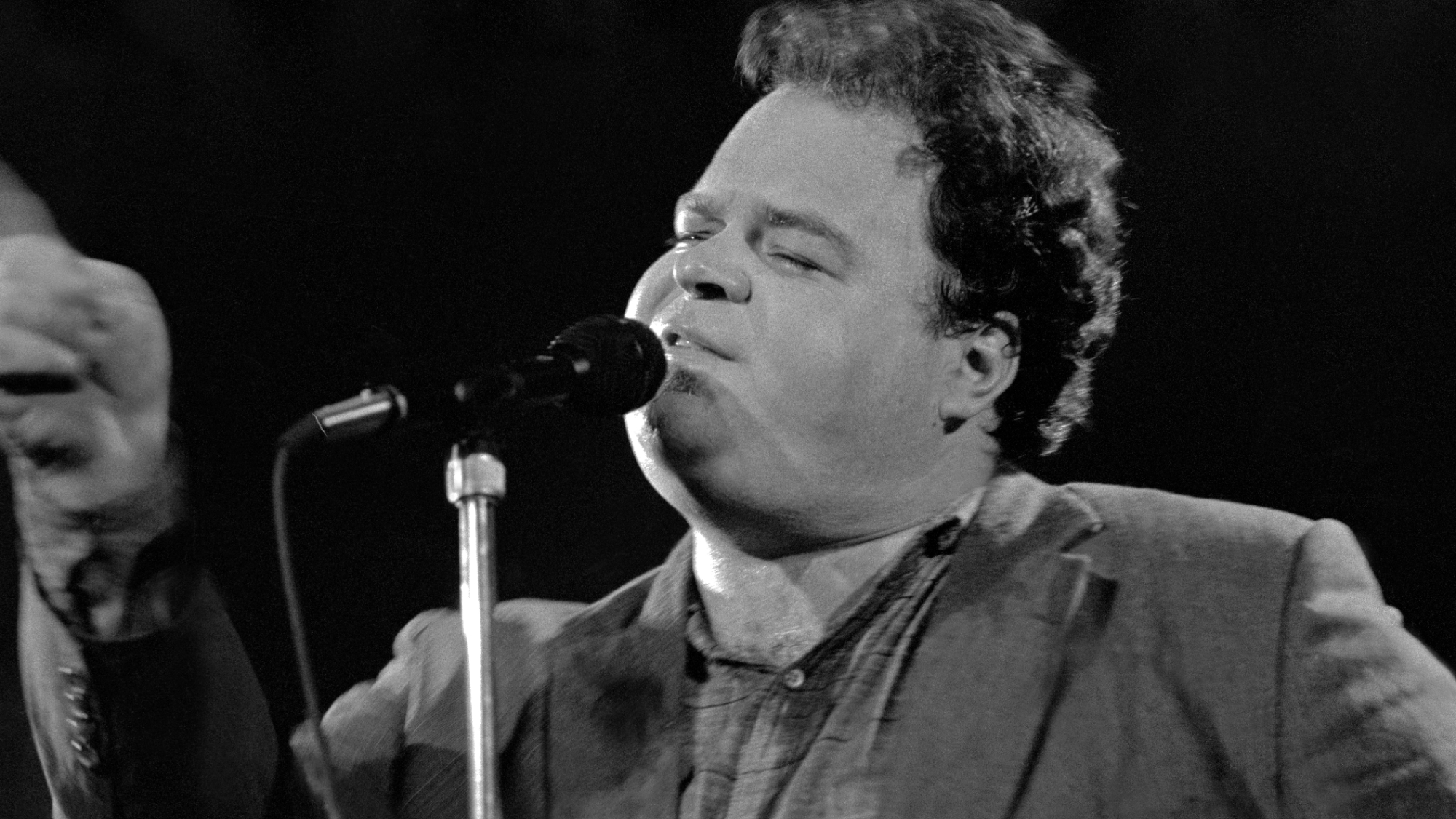Classic album: Joey Beltram on Places
The techno legend looks back over his uncompromising 1995 long-player
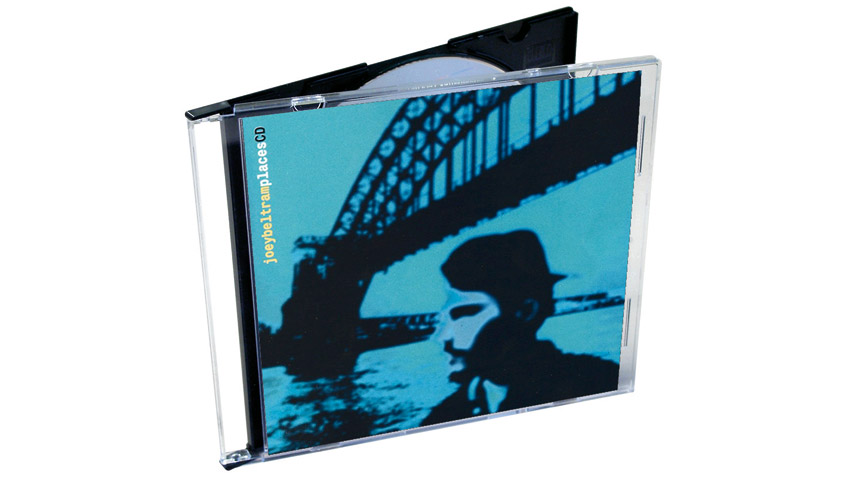
When it comes to ‘album time’, a lot of producers like to take that precious opportunity to show you just how bloody creative and versatile they are. “Ooh, look at me, I’m an artist.” They meander through the genres, trying on each one like a big stupid festival jester’s hat.
Not Joey Beltram, though. In the mid 90s, he lived and breathed dancefloors. Every time he sparked up the gear in his studio, the club was still ringing in his ears. When he was making music, it was to be played on the turntables in a sweaty, dark, twisted techno haunt; not on your headphones while popping out for some milk - and it was absolutely not for being piped into the background of anything as wholesome as a coffee shop.
“As a DJ I was playing out a lot back then, so that’s what I wanted to make my music for,” says Beltram. “There were a lot of albums that came out that just had one or two tracks made for the dancefloor. Everyone was trying to make ‘artist albums’ with little artsy tracks thrown in, trying to show versatility. I remember wanting to come out with an album that was just bangers. Every track was made for me; what I’d wanna play. I wanted eight to ten tracks of just peak-hour dancefloor.”
Making the album was like playing a peak-time set, with a lot of what you hear done live, late at night, Beltram sweating over the mixing desk and an arsenal of hardware.
“I’d be riding the gear in real-time,” he says. “I was doing all those parameter changes with the resonance and cutoff live. I was like an octopus, with one hand on this bit of kit, and the other on the other side of the studio on a different keyboard, moving things as I needed to.”
“Places was, like, all 133bpm or whatever the speed of techno was back then. It was like buying eight 12" records, which is what I wanted, and why I think people dug it.”
Here, Beltram takes us through Places, track by track.
Get the MusicRadar Newsletter
Want all the hottest music and gear news, reviews, deals, features and more, direct to your inbox? Sign up here.
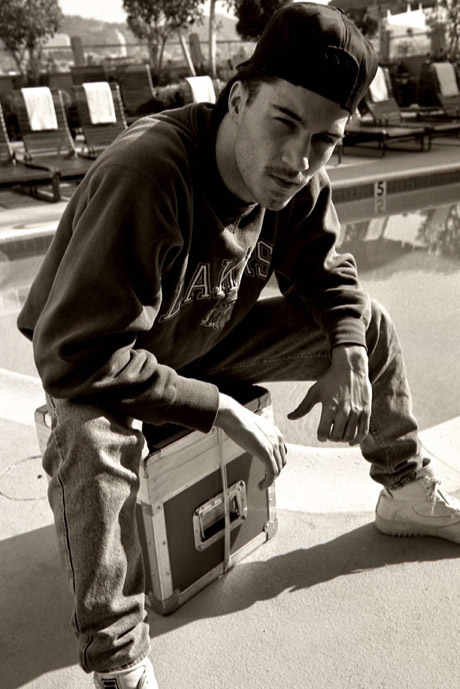
Instant
“The first two tracks were the last two tracks to get done. And Instant was the last. When I’d got to that point I was like, ‘Yeah. I’m done’. I put it first because it sounded right in the sequence.
“Because it was the last track on the album, I went through all the heaviest stuff to get there. I’d say this was the lightest song on the record. By the time I’d got up to this point in the recording, I felt I could do something a bit lighter. I don’t wanna say ‘housey’, but in 1994 that was a bit housier, although it doesn’t sound like that now [laughs].”
Game Form
“This was like my tip of the hat to the Cajual label, and the stuff that was coming out on Relief Records. I was playing a lot of their stuff out. It was a new label at the time. It subliminally influenced me, their style and rhythms. The basslines all sounded like they seamlessly blended with the drum tracks. All the musical parts sounded like percussion. I wanted to do something like that and add my own little twist. Yeah, this was me applying my sound and style to a little bit of their flavour - that’s what Game Form was.
“I don’t play this album out anymore. I’ve kinda moved on from that sound. But if I did, Game Form would be the one for me that stands the test of time. It’s a special track.”
TenFour
“This was the first track I did for this album. If I’m not mistaken, this went on the Tresor 3 compilation. They needed a track around the time I agreed to do an album for them. They were like, ‘We’re doing this comp, you got anything now? It can be your introduction on the label. You can let everybody know that you’ve joined, then follow it with an album’. I don’t think I had anything ready, so I went to work and started the album so I’d have a track ready for them for this compilation. That got me started. It was like, ‘One down!’ [laughs].”
5.7Litre
“I’d just bought a Corvette at the time, and this was the engine size. I was driving it around a lot, and it was loud and made a lot of noise. I had other cars at the time; it was like a hobby. Before that, I was collecting studio gear. Now I’d moved onto cars.
“If you’d met me at that time you would have probably been very bored with me. Cars became my big interest. I would go to car shows and stuff. I was young. I was in my early 20s. 5.7Litre was a term that was written on the side of my car, so I had to use it.
“Plus, I was testing all these tracks on the car’s stereo as well. That’s how you’d check your mix. It was a little trick back then. If it sounded good on cassette in the car, you were onto something [laughs]. You’d run from the studio with a tape and hit the car and see what it sounded like, levels-wise. Then you’d head back to the studio to make adjustments based on that.
“Nobody does that anymore. You’d have to put it on your phone and Bluetooth it [laughs].”
That’s how you’d check your mix. It was a little trick back then. If it sounded good on cassette in the car, you were onto something [laughs].
Metro
“This, and the next track, Floaters, were both graffiti references. Oh, and SetUps, too. Where I grew up, I lived right off Metropolitan Avenue, and that was my main train station. When I was a kid, I’d ride the train. I was a graffiti writer; it was right near the train yard. That’s where I started writing, at the M Yard. That’s the same yard from the movies Beat Street and Style Wars.
“This is a perfect DJ record. I made it, like the rest, to play out at the time. These were the types of tracks I was looking for, as a consumer. As a DJ I was in the record shops, spending hours with a stack of wax and some headphones. You’d start with about a hundred records, and maybe end up with five. I was looking for something. There was something I wanted that I wasn’t hearing that much. Something that would electrify the dancefloor. That was something I was going for with Metro - that missing piece. I didn’t know what I was looking for until I sat down and made it.
“What did I want? I wanted a hard beat, so I made the beat heavy. Then I wanted the hi-hats really bright and crispy, so I ran them through this little keyboard that I used a lot on Places, the Roland SH-09.
“The music wasn’t just hard; it had to have attitude. I wanted to make techno tracks that had a rhythm and soul, as well as a lot of swagger.”
Floaters
“I knew this was going to be the core of the album. Most of the songs, except Game Form and Instant, were aggressive. Floaters was the meat of the album. It was aggressive, meaty. I started off doing these first.
“I gave it the graffiti name, too. A floater refers to a piece on the side of a train that goes between the windows and the doors at face level. If you caught that spot it was called ‘catching the floater spot’. Some writers would just catch floaters. That was their whole gimmick.”
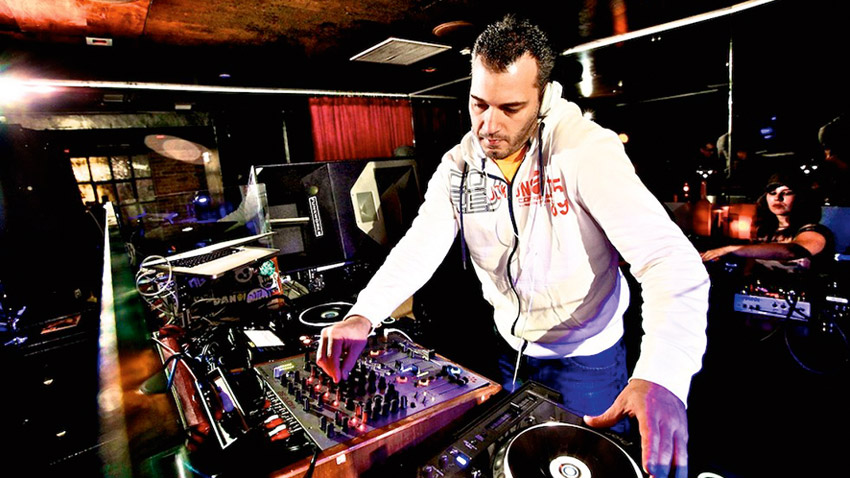
Setups
“This is a graffiti name, too, but I digress. Production-wise, this has a growly bassline. I think I used the Prophet-600 or the Sequential Circuits Pro One… I think it was the Pro One - I used it a lot on the album. It gave it that squelchy bass. I used to come up with so many bottom-end starting points with that. You’d come up with the beat and just throw the Pro One on there. You’d have so many things that would just sound good immediately. It was a good combination; it was a machine that inspired you straight away. You could just throw anything on top of it and be happy.
“I had all the Sequential Circuits gear. Even their little keyboard synths from the 80s. They were my ‘go-to’ guys. Later on, I had the same thing with E-mu. Back then you had preset templates that would come in a little book that you’d fill in. If you wanted a preset, you’d have to get a marker and write what knob went where, and where you would put the levels. That’s how you’d save your presets.
“If you bought the machine second-hand, that book was already done [laughs]. You’d take a blank page and photocopy it to get your own little stack.”
Oval
“All the little changes you hear on this were done live and in the moment. I used to reel-to-reel edit, but at this point I wanted to get it all in one shot. So, if the track was five minutes and I messed up three minutes in, I’d start again. I’d stop, rewind the tape and go back in. Every take had a spontaneous element to it. I think you can hear that.
“There’s some bongo sounds on here, too. That was just something I made on the Yamaha DX100. I’m actually sequencing it through one of my analogue sequencers, but I only had it on two. You could run it as a loop on 16 steps, but I had the notes looping on two steps. Then I had those two steps playing different velocity tones over 16 steps. It gave it a good rhythm.
“Just running those keyboards through analogue synths let you come up with weird stuff your brain wouldn’t normally think of. Then if you put the pitch on different steps you would stumble on happy little accidents. This was one of them. When I heard it I was like, ‘Ah, that’s cool. I’m gonna leave it right there’.”
Nameless
“This was a bonus track. I knew it wouldn’t be on the vinyl, so it was just me messing around with an 808. I knew it was just gonna be a bonus track and not on the vinyl, just a hidden ‘CD-only’ track. It’s almost the entire 808 running through the SH-09, and it’s me playing with the filters and envelopes to gave it a bit of a different velocity.
“The levels of the inputs would trigger the envelopes on the filter. Back then, you’d run a real 808. Program it in the 808 and then press play. It was almost like playing a little game. Remember those little handheld football games, where there was a little blip on the screen? I would get that same enjoyment with an 808 on my lap, with the headphones on, just making beats.
“It’s not like you’re making a drum beat on the MPC. You had pads that you banged with that… doing percussive things with your hands. With the 808, you’re flicking little lights on and of and pushing the button. There are 16 steps, you just push them on or off. That was just fun. I’d do it for hours [laughs]. Happy times.”


Future Music is the number one magazine for today's producers. Packed with technique and technology we'll help you make great new music. All-access artist interviews, in-depth gear reviews, essential production tutorials and much more. Every marvellous monthly edition features reliable reviews of the latest and greatest hardware and software technology and techniques, unparalleled advice, in-depth interviews, sensational free samples and so much more to improve the experience and outcome of your music-making.
"At first the tension was unbelievable. Johnny was really cold, Dee Dee was OK but Joey was a sweetheart": The story of the Ramones' recording of Baby I Love You
"Reggae is more freeform than the blues. But more important, reggae is for everyone": Bob Marley and the Wailers' Catch a Fire, track-by-track

